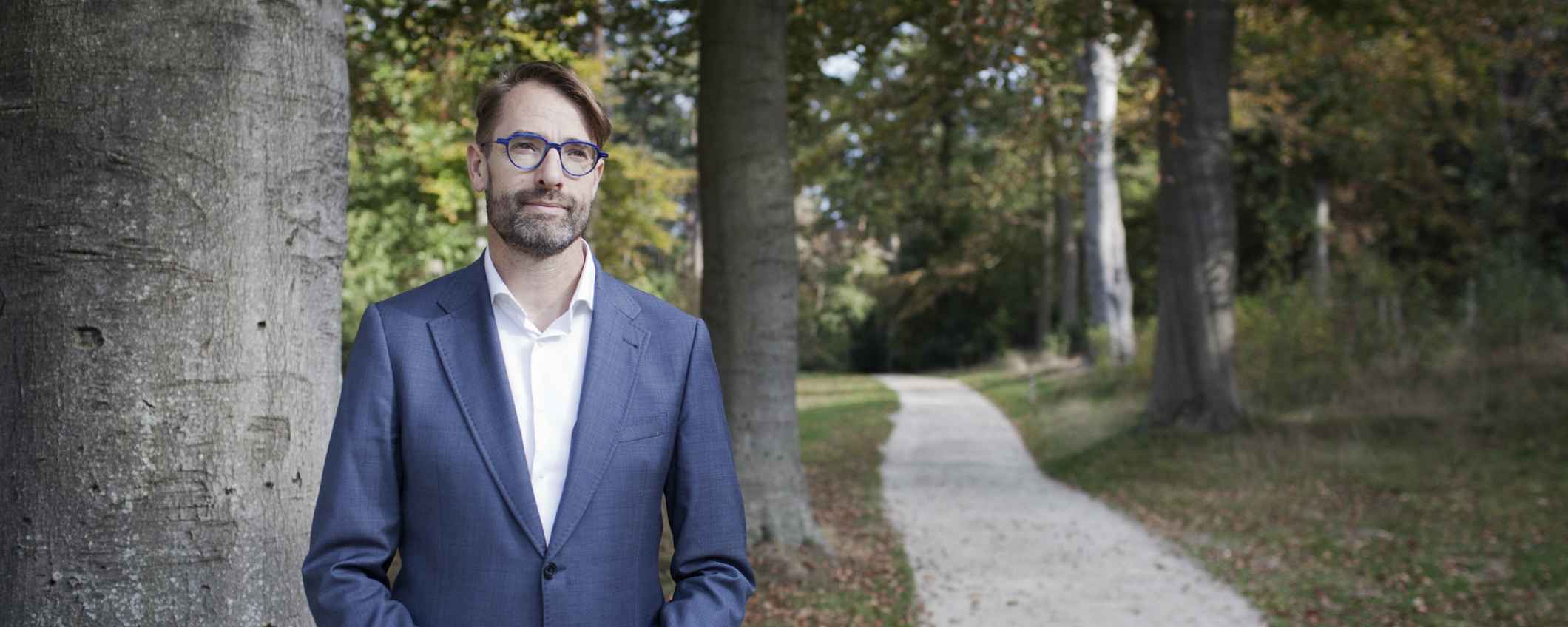In Europe, things will continue to muddle along in 2024. Looking at the economic climate, Stegeman explains that although inflation is easing, interest rates remain at high levels, which will increasingly weigh on government debt burdens. “In fact, Europe is in a recession, and governments have less financial room to reignite growth.”
The US is also likely to be in recession in the second half of next year, Stegeman continues in his forecast for 2024. “Emerging markets are doing slightly better on average, but global growth will drop to 3% on average.”
Within the current economic model, a meagre growth of 3% will not satisfy the hunger for growth, Stegeman argues. “But make no mistake, at 3% we are still talking about the size of the global economy in 1970. So, our planet will experience a sudden addition of that amount of economic activity next year.”
We are in a growth straitjacket
The economy needs growth, but that growth is also pushing our environment and climate towards massive catastrophes, with far-reaching consequences for people and animals. “We are approaching the limits of what this earth can withstand. And in terms of biodiversity and climate, we have already crossed those boundaries,” says Stegeman.
As a result, the economy can no longer provide prosperity and wellbeing for everyone. Yet we still cling to the mantra of growth. “We are in a growth straitjacket because we have completely geared our economy to growth. Without double-digit corporate profit growth, shareholders begin to grumble, tax revenue fails to finance escalating budgets and debt burdens, less investment is given to innovation, and tensions arise between employees and employers to share the meagre growth.”
If there is no or too little growth, the system will crack. We are feeling that now and will feel it increasingly in the lean years ahead, Stegeman argues. An ageing population and labour productivity levels with little or no growth are putting the brakes on growth in Europe. Ordinarily, governments would allow debts to mount to inject money into the economy. But debts have already risen sharply in response to Covid, and there is little room for this. “We need to decouple our economy from growth. This will make the economic system more stable and open a path to a world where people will still have a future even 50 years from now.”
Towards a post-growth model
Stegeman therefore advocates a post-growth economy. “An economy with fewer growth stimuli, less material growth, more time for each other and less ecological damage. This is not a political programme, but a pragmatic economic policy in times of increasing scarcity.”
Triodos Bank and investment manager Triodos Investment Management play an active role in this transformation. Stegeman: “We show that an economy without perverse incentives for growth is possible. You can achieve this by changing the institutional structure, reducing overconsumption, changing corporate profit incentives, increasing employee security and reducing pressure from the financial system to grow.”
Stegeman gives the simple example of a fridge that lasts twice as long but costs the same. “This would deliver huge social benefits. However, most companies favour devices with a short lifespan. It is also becoming increasingly difficult and expensive to repair appliances. The longer the lifespan of a fridge, the lower the profit and turnover of the fridge manufacturer. This must – and can – change.”
Moving towards a different way of taxation, ownership and financing
One concrete step is to adjust taxation. Governments currently benefit from economic growth because they mainly levy taxes on labour income and profits. Both depend on growth. Stegeman: “Taxing more based on wealth, pollution by companies and CO2 emissions will reduce governments’ growth addiction, while also contributing to sustainability.”
Stegeman: “We should also look at ownership rights. At present, these are solely in the hands of capital providers who only focus on returns, leading companies to primarily pursue short-term profits. In cooperatives, for example, other interests are taken into account.”
The financial sector must also move away from growth and look more at positive impacts and sustainability in the real economy when financing activities, Stegeman argues. “This is difficult because many companies with outdated business models are still on the balance sheets at banks or in investment portfolios. Trying to make these companies more sustainable through dialogue or commitment is simply a choice of short-term profit. You can delay the pain of write-offs, but we are now at a dead end and the wall we are running towards is rock hard.”
Post-growth economy offers opportunities
What does a post-growth world mean for employees and lenders? In a post-growth model, fossil fuels will disappear, as will other polluting sectors. Stegeman: “The transition will certainly lead to job losses. You will have to provide security for employees in those sectors. However, more sustainable activities will also create new jobs that contribute to people’s happiness and wellbeing.”
Offering employees who currently rely on annual income growth (to afford rising expenses) a different support, such as a basic wage, is also necessary. “We also need to offer people a different perspective, a life with more leisure time, greater wellbeing and a fairer distribution of wealth. Nobody says on their deathbed that they really enjoyed shopping at the large, cheap department stores.”
For lenders, there are still plenty of opportunities to make a return. Stegeman: “Just because there is no growth at the macro level does not mean there is no growth anywhere. It exists in companies and sectors that are part of a path to a sustainable economy. Those sectors need to be scaled-up. Those companies will still make a profit, but without perverse incentives for short-term profit. Growth should no longer be the key driver. Stop the addiction to growth, and let’s focus more on collective interests. At Triodos, I hope we show that this is possible.”



